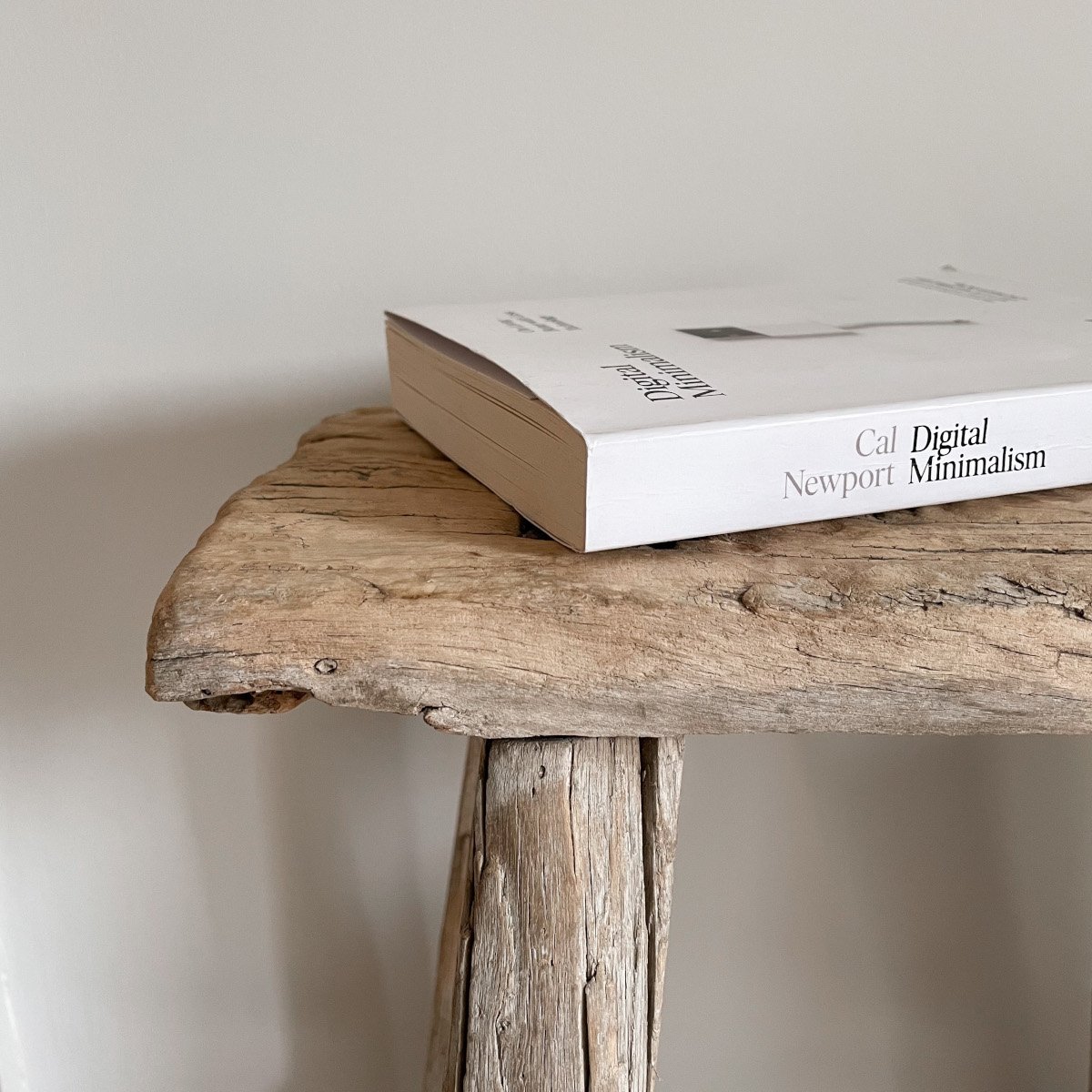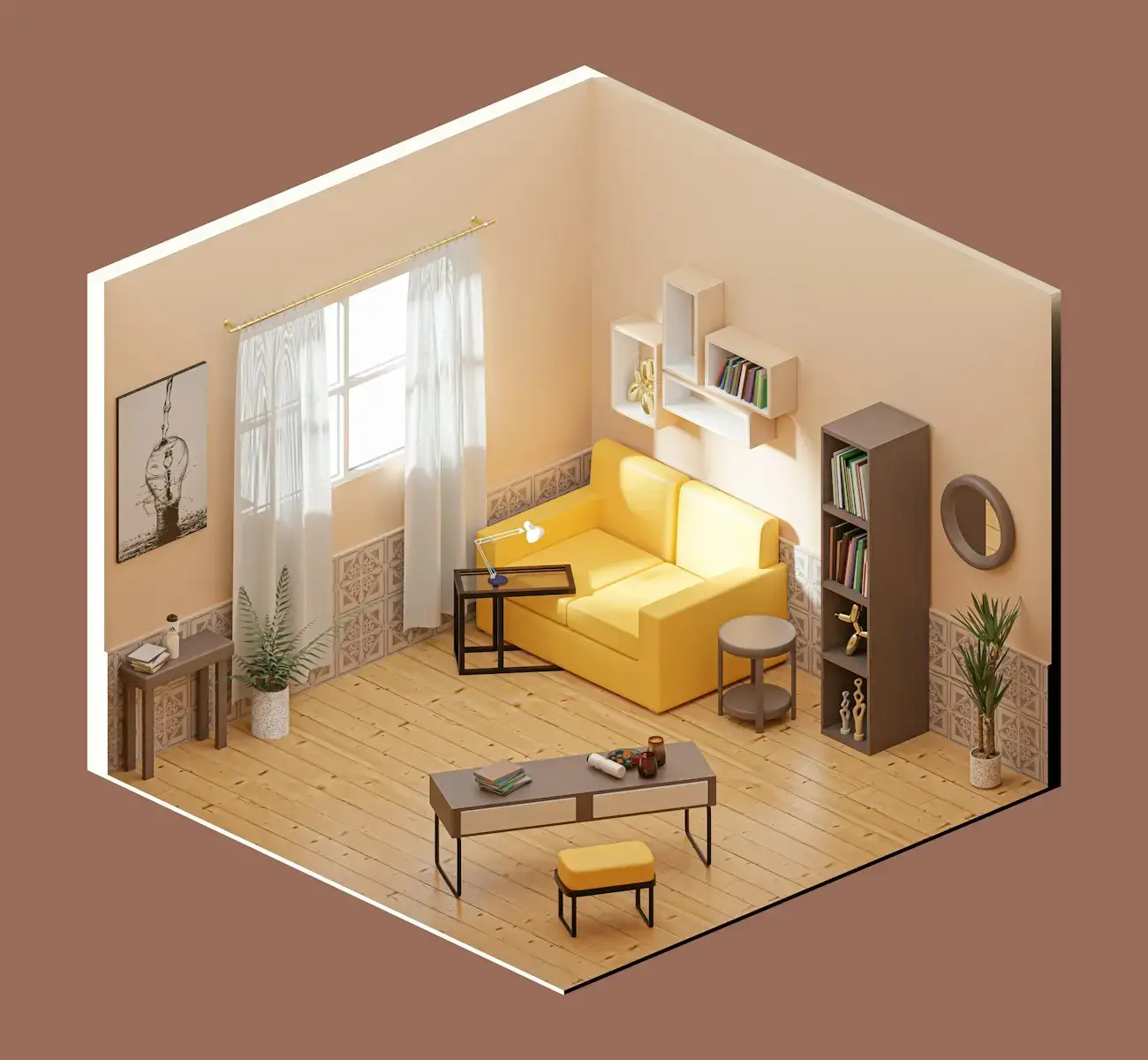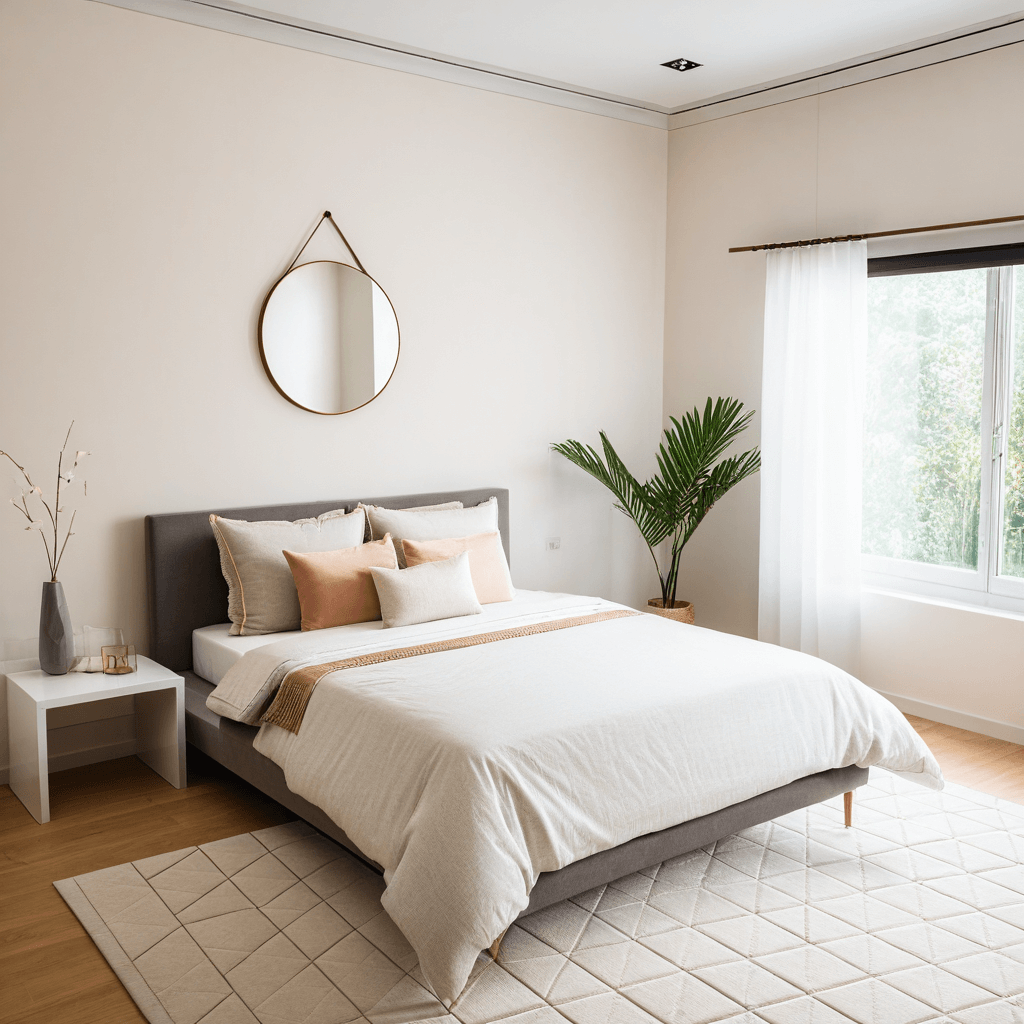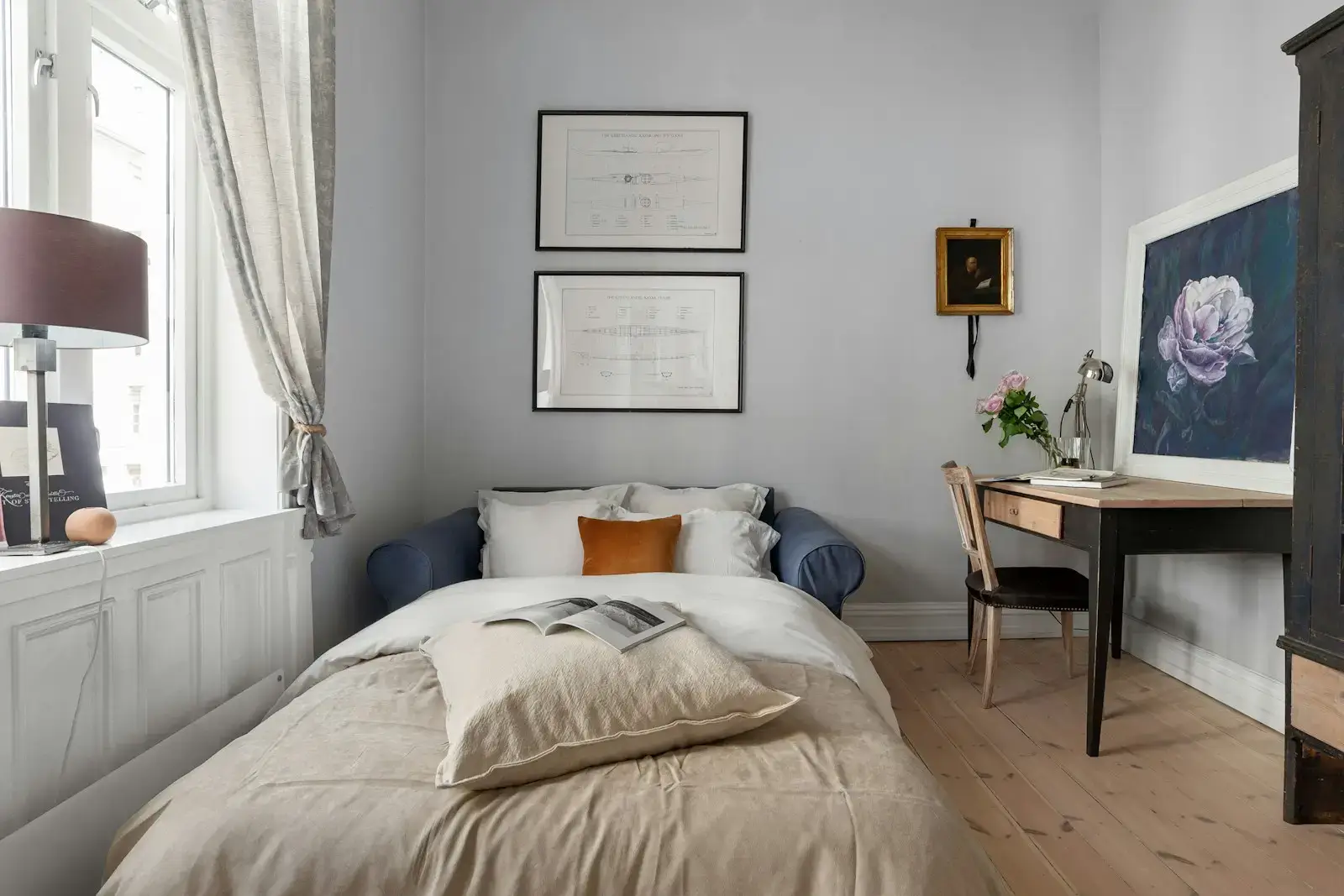The Art of Minimalism: Decluttering Tips for a Sleek Interior Design
**Minimalism** is less a style and more a way of seeing. It invites you to edit your spaces with intention, stripping away what’s superfluous to amplify what matters: light, proportion, materials, and calm. Done well, it feels quietly luxurious—airier rooms and clearer surfaces.
**Sleek interior design** isn’t achieved by buying matching containers; it comes from decisions that respect how you live and what you love, then designing storage to support those choices. When there’s less to manage, your routines become smoother and more pleasurable. The following guide breaks down the principles and practical steps for achieving **The Art of Minimalism**.
—
Section 1: Minimalism Unpacked: Keys to a Sleek Interior (Tips 1-3)

1. Align Design with Purpose and a Restrained Palette
Minimalism begins with **clarity of purpose**. Ask what each room is for and which activities matter most there. A **sleek interior** takes shape when you align furniture and objects to those priorities and remove anything that pulls attention.
Choose a restrained palette—soft whites, warm beiges, gentle grays, or earthy tones—and stick to it with discipline. The rhythm of your home emerges from these repetitions and the negative space between them.
2. Edit Ruthlessly with ‘Keep, Curate, Let Go’
Editing is the secret engine of sleek design. Think in terms of **“keep, curate, let go”**: keep what you use weekly or love deeply; curate what’s beautiful but redundant; let go of the rest. A useful rule is **one-in/one-out**.
Aim for fewer, larger pieces with clean lines that sit at the right scale for your room. Layered light—ambient, task, and accent—pulls focus to what’s essential and allows the rest to fade.
3. Make Minimalism Sustainable with Systems
Systems make minimalism sustainable. Daily reset rituals—five minutes each evening to put things back—keep surfaces open without drama. Store overflow intentionally, not haphazardly: **closed storage for utilitarian items**.
Seek multifunctional furniture that hides storage—an ottoman with a compartment, a bench with drawers. And declutter digitally, too: streamline cables and use paperless systems so physical piles don’t reappear as digital chaos. Minimalism works when every decision makes the next decision easier.
—
Section 2: Room-by-Room Decluttering Steps and Storage (Tips 4-10)

4. Public Zones: Defined Landing Spots (Entry/Living Room)
Start in public-facing zones where visual calm has an outsized impact. In the entry, create a defined landing zone: a single tray for keys, a wall-mounted hook rail for daily coats, and a discreet shoe rack. Anything beyond daily use goes into a closed closet.
In the living room, clear every flat surface and return only what adds function or presence. Tame technology by routing cables through cord channels and using furniture with **concealed cutouts**.
5. Living Room Scale and Visual Weight
Choose a sofa that fits the room’s dimensions, then let it breathe with a few inches of clearance from walls to create a sense of float. Favor a large rug that the front feet of all seating can rest on—too-small rugs make rooms feel fragmented. Keep throw pillows to a tight palette and a limited number.
For the dining area, maintain a clear tabletop and pick one focal point. Floating shelves, if used at all, should hold only a few pieces with generous **negative space**.
6. Kitchen: Countertops Are Not Storage
In the kitchen, declutter by category. Pull out all duplicate tools and keep only the best one. **“Countertops are not storage”** becomes your mantra: leave out only what you use daily and what looks good enough to be part of the design.
Create zones so movement is intuitive: prep near the sink, cooking near the stove. Use drawer dividers and decant pantry staples into matching, airtight containers for visual calm and practical visibility.
7. Bedroom: Design for Rest Above All
In the bedroom, design for rest above all. Clear everything from nightstands and return a minimal set: a lamp, a book, a glass of water on a coaster. **Refuse the trap of turning surfaces into mini display cases**.
Treat the bed as the focal point: a simple headboard, quality sheets, and a restrained stack of pillows lend hotel-like calm. Store extra blankets in a lidded under-bed drawer or a storage bench.
8. Wardrobe: Embrace the Capsule Approach
For the wardrobe, embrace a **capsule approach**. Pull everything out, sort into keep/donate/tailor, and return only what fits your current life and body. Use slim, non-slip hangers for uniformity.
File-fold tees and knits into drawers so you can see everything at a glance. If space allows, assign a small box for sentimental garments and set a fixed limit—when it’s full, something must leave before anything new enters.
9. Bathroom and Office: Go Paper-Light and Decant
In the bathroom, toss expired medicines, combine duplicates, and **decant everyday items into uniform pumps** or drop them into a single tray to control sprawl. In the home office, go paper-light. Scan what you need, recycle what you don’t, and keep an inbox/outbox system for the rest.
Corral cables with clips and sleeves, mount a power strip under the desk, and leave the desktop largely empty—just your laptop, a task lamp, and a pen cup. Create a weekly **digital reset** to archive files.
10. Utility and Kids’ Spaces: Vertical Storage and Rotation
Laundry rooms and closets benefit from simple constraints. Use **labeled bins for sorting** (lights, darks) and hang a wall-mounted drying rack to free floor space. For kids’ spaces, set boundaries that make tidying achievable: toys live in a finite number of open bins with picture labels.
Embrace rotation: store half the toys out of sight and swap monthly to keep novelty high and mess low. In all utility areas, **climb the walls**—pegboards, over-the-door racks, and narrow rolling carts maximize vertical inches.
—
Conclusion: Minimalism is a Living System
**Minimalism isn’t about owning almost nothing; it’s about allowing the right things to shine.** When you edit with purpose, respect scale and light, and give every item a defined home, sleek design becomes the natural consequence.
Start small—the entry bowl, the nightstand, the kitchen counter—and stack tiny wins. As your rooms empty of the unneeded, they fill with quiet. Treat your home as a living system that evolves—a place where routines and storage adapt to seasons and changes. If your choices help you breathe deeper and move easier, you’re practicing **The Art of Minimalism**.
Which of these 10 tips will you tackle first to start your own sleek interior design journey?





4 thoughts on “The Art of Minimalism: Decluttering Tips for a Sleek Interior Design”